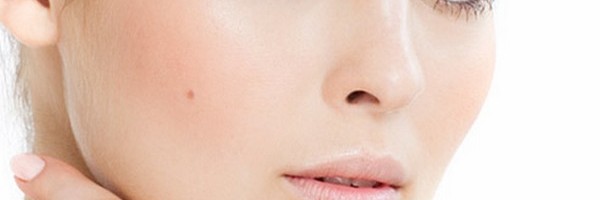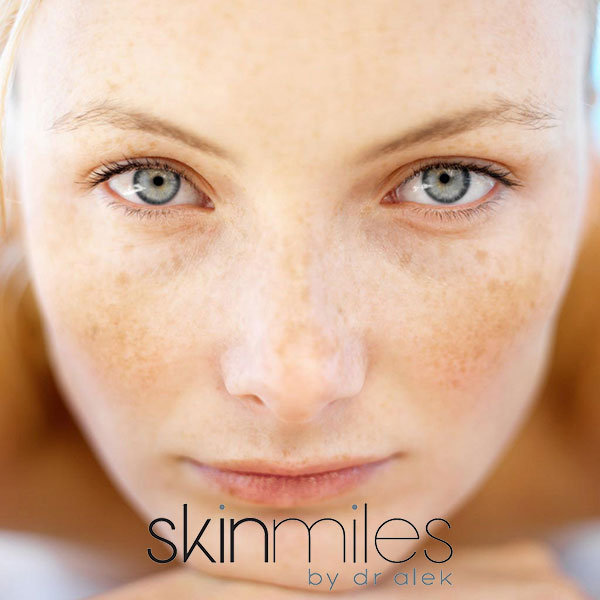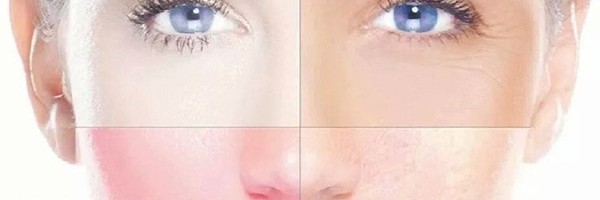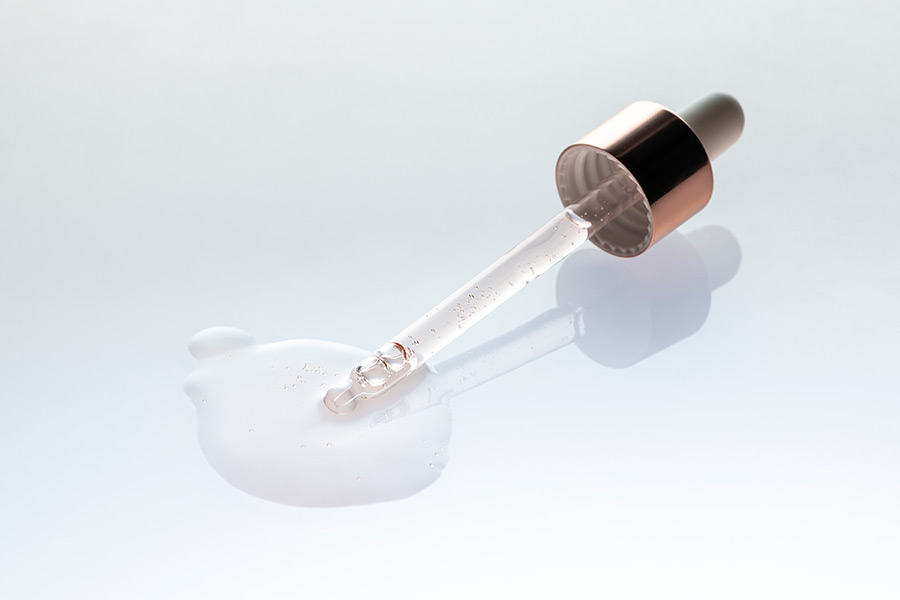Why We Use Neoretin In Our Practice
Both of these products are ideal for tackling your pigmentation or discolouration issues. Neoretin Gelcream SPF and Booster Serum contain kojic acid, Salicylic acid, vitamin A or retinol, and hydroxypinacolone retinoate. Let’s take a closer look at some of these ingredients:
#AskDrAlek
Retinol
Retinol is simply another name for vitamin A. It’s a type of retinoid, the family of chemical compounds related to vitamin A. Other retinoids include: retinoic acid (also known as tretinoin), retinal palmitate, and retinaldehyde, all of which can be found in skincare products. In addition to being a trusted treatment for acne, retinol is famous for its anti-ageing properties and skin-brightening or pigmentation removal ability.
What does retinol do?
When retinol and other retinoids come into contact with skin, enzymes in the body convert the retinol into retinoic acid, the active form of the vitamin. Retinoic acid increases cell turnover, stimulates collagen and elastin production, fades hyperpigmentation, and helps the skin stay hydrated and glowing without irritation. Thanks to this healthy skin cell turnover, retinol can treat and prevent everything from stubborn cystic acne and eczema to sun-induced wrinkles and dark spots.
What skin types is retinol suitable for?
Some retinoids are harsher than others. Pure retinoic acid applied directly to the skin, for example, can cause irritation. If you’ve got sensitive skin, retinol is a milder, yet equally effective alternative.
Are there any side effects?
Retinoids have come a long, long way and there are plenty of options out there that won’t upset your skin. However, any retinol product will make skin more sensitive to UV exposure. When you’re treating skin with retinol, always follow with a sunscreen of SPF 30 or higher. Most importantly, ensure that any retinol products you apply during the day are suitable for daytime use, like the Neoretin Gelcream SPF 50 (day application).
Kojic Acid
When kojic acid is applied to the skin in concentrated amounts, the chemicals it contains work on the melanocytes, interfering with the production of melanin. The exact way in which kojic acid lessens melanin production is not known, but many experts believe that the ingredient prevents an enzyme known as tyrosinase from beginning the reactions in the cells that are necessary for manufacturing the pigment.
Why is kojic acid preferred?
Prior to the discovery of kojic acid, the ingredient hydroquinone was largely the only ingredient used for skin whitening. Hydroquinone is known to cause skin irritation in many individuals, and for these people, dermatologists often recommend kojic acid as an alternative method for treating skin discoloration. Those with very sensitive skin may still develop redness or itching from the use of kojic acid, but overall, the ingredient is better tolerated than hydroquinone. The effects of kojic acid have been reported as being identical to those of hydroquinone or slightly less noticeable.
What does kojic acid do?
In addition to its skin-lightening abilities, kojic acid is classified as an antioxidant. This class of nutrients has the ability to counteract the effects of particles in the air called free radicals, which have the potential to cause oxidative damage to the skin cells. By limiting the effects of free radicals, kojic acid helps to prevent the formation of signs of aging that occur when the cells that produce the skin’s vital structural proteins become damaged. Some dermatologists recommend the use of mild concentrations of kojic acid for addressing acne blemishes.
Kojic acid is also an antibacterial agent, meaning that it interferes with the processes that bacteria cells must perform to thrive and reproduce. By disrupting these processes, kojic acid causes the death of bacteria. Some dermatologists recommend the use of mild concentrations of kojic acid for addressing acne blemishes, which are often caused by bacterial infections in the pores.
Salicylic Acid
The main effect of salicylic acid is to increase cell turnover to further enhance the benefits and penetration of the kojic acid and the retinol.
Neoretin Ingredients:
- Aqua
- Butylene glycol
- Glycerin
- Niacinamide
- PEG-7 glyceryl cocoate
- Portulaca oleracea
- Acetyl glucosamine
- Kojic acid
- Hydroxypinacolone retinoate
- Retinol
- Phenoxyethanol
- Caprylyl glycol
- Propylene glycol
- Trisodium ethylenediamine disuccinate
[/icon_list]
- Hexylene glycol
- Decarboxy carnosine HCL
- Aminoethylphosphinic acid
- Pentylene glycol
- Fructose
- Lactitol
- Glycosaminoglycans
- Salicylic acid
- Tocopheryl acetate
- Tetrahexyldecyl ascorbate
- Ethylhexylglycerin
- Trehalose
- Hydrolyzed caesalpinia spinosa gum
- Caesalpinia spinosa gum
[/icon_list]
- Sorbitol
- Sodium metabisulfite
- Lecithin
- Sodium carbomer
- Polysorbate 20
- Hydrogenated lecithin
- Parfum
- CI 17200
- Domethyl isosorbride
- Acetyl hexapeptide-37
- Dehydroxypoline aspartate
- Acrylates
- Vinyl isodecanoate crosspolymer
- Glycerin crosspolimer
[/icon_list]










thank you for the great advice
i have used the neoretin creams and found them to be very effective for my skin blemishes
Hi Nadia
Are there any side effects as I am considering using both for my pigmentation